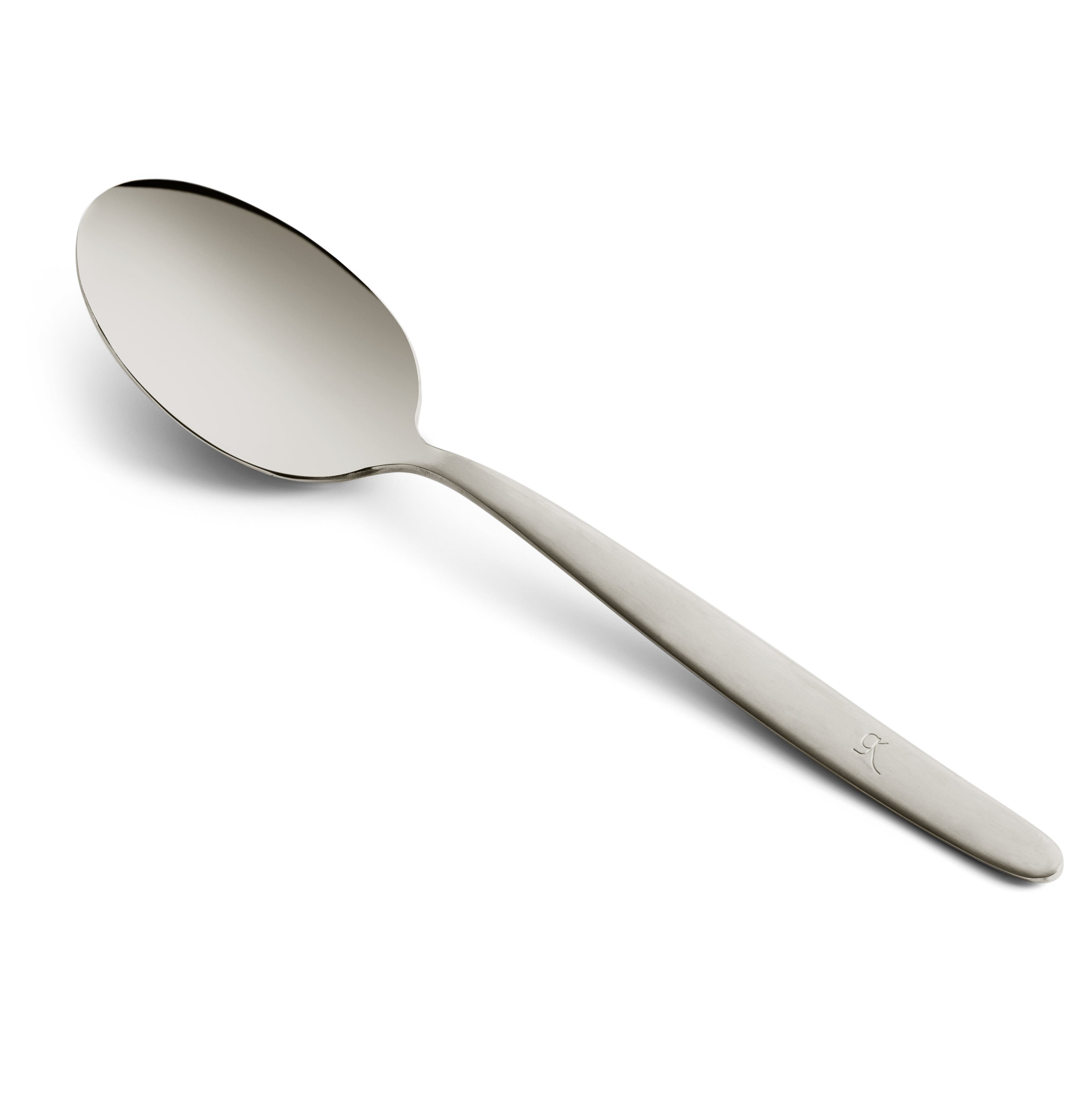9 non-toxic kitchen utensils chefs swear by – and recommend you use at home, too
The professionals have spoken. These stainless steel, wood and glass utensils will outlive the plastic clutter in your kitchen drawers
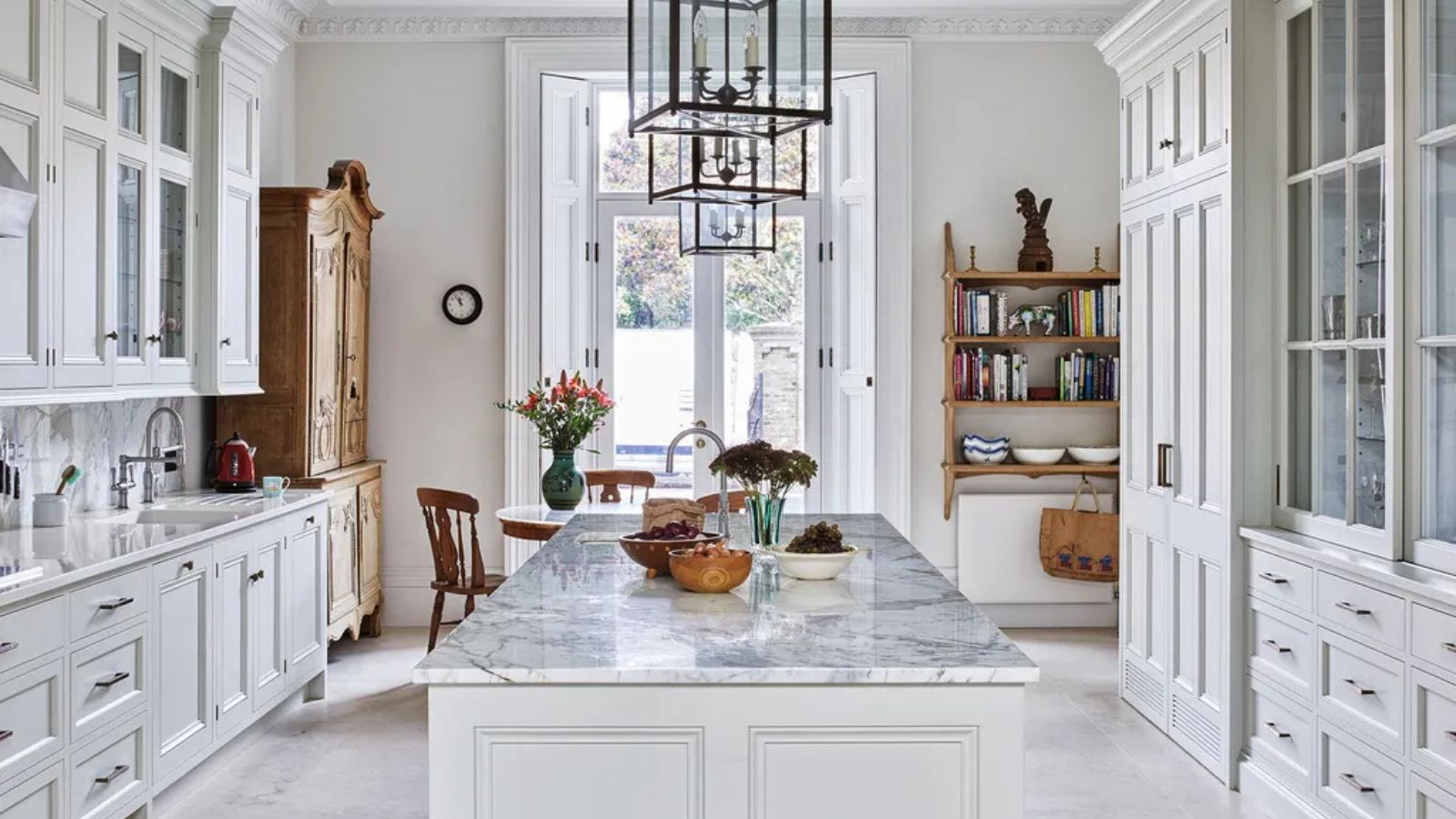
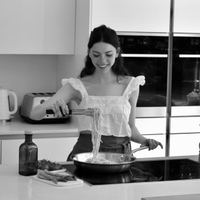
As a trained chef who reviews cookware, I’m always on the lookout for non-toxic kitchen utensils that are safe, durable, and actually improve how I cook. And, the rise of the best non-toxic cookware isn’t just a trend – it’s become the standard for anyone who loves to cook and eat well.
While I have my own go-to staples, I also asked a group of chefs to share their favorite professional utensils. Their picks aren’t chosen just because they’re labeled ‘non-toxic,' but they happen to be made from high-quality stainless steel, wood, and glass. These are smart, long-lasting pieces that perform professionally, feel good to use, and will outlive the plastic clutter in your drawers.
If you’ve ever wondered how to replace black plastic tools with something safer and more sustainable, this list is a great place to start.
Non-toxic utensils chefs swear by
Here are nine non-toxic utensils that chefs swear by (myself included) – and we recommend you use at home, too.
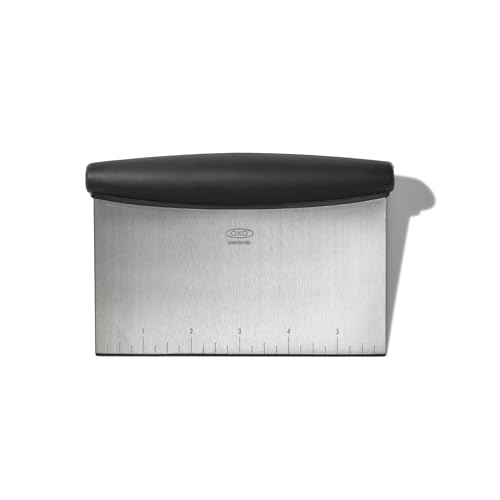
'The bench scraper might not get a lot of glory, but it's a hero in its own right,' says Meiko Temple, recipe developer at Thermomix and chef at @MeikoandtheDish. 'The ick of trying (and failing) to scoop up all my chopped items with a knife — is a weird pet peeve of mine. But with a bench scraper, I get a clean sweep every time. Plus, it's perfect for portioning dough, cleaning up my workspace, and honestly, it just makes you feel a bit more like a pro.'
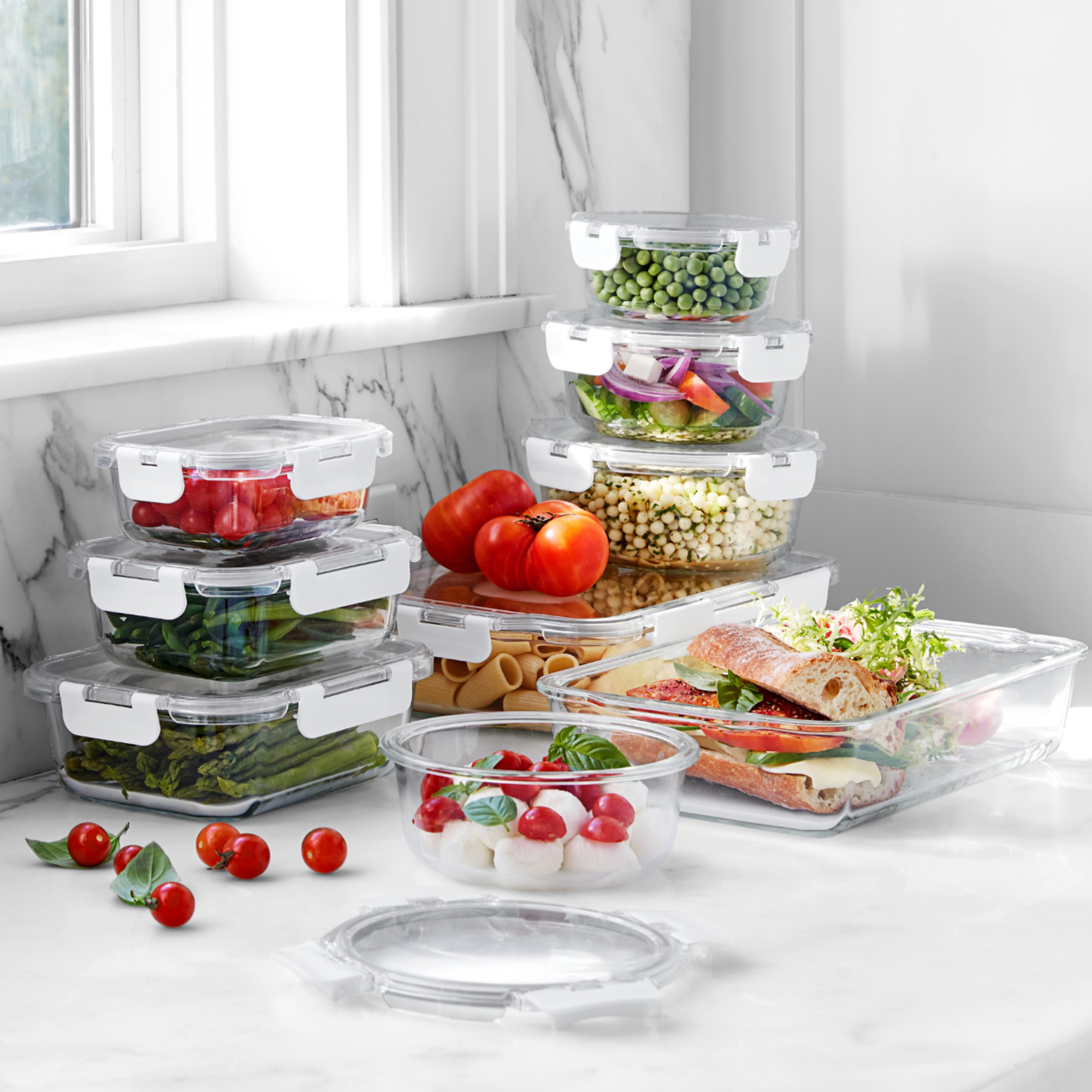
'I rely on glass containers with locking lids,' says Marissa Stevens, recipe developer at Pinch and Swirl. 'They go from fridge to microwave or oven without any issue, and they don’t stain or warp over time like plastic. I mostly use the rectangular ones with clear lids so I can quickly see what’s inside.'
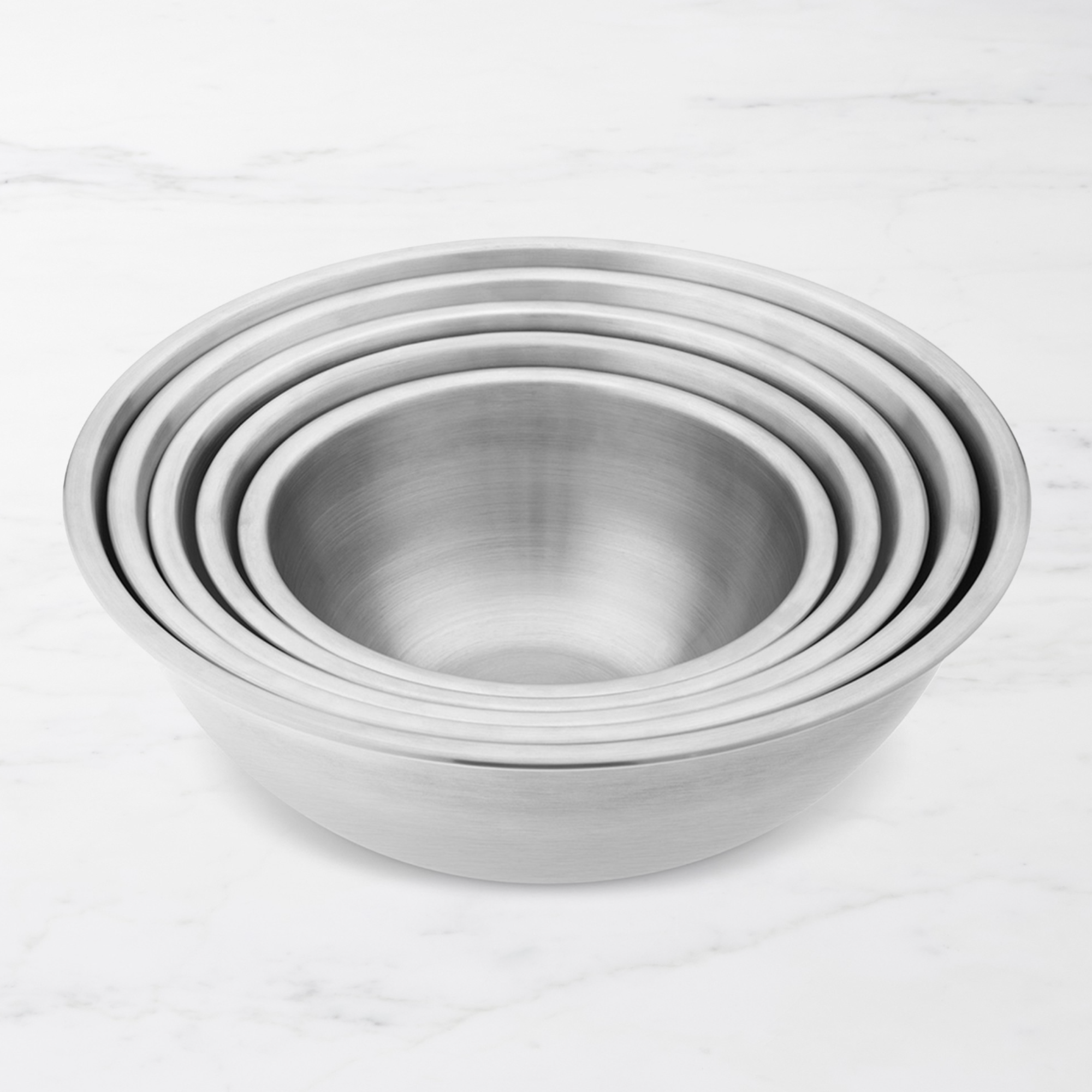
'As for mixing bowls, I prefer to exclusively use stainless steel bowls,' says private chef Christopher Hensel. 'You can literally put anything in them. Raw vegetables and salads, hot sauces, or even raw chicken. Easy to clean and sanitize, and unbreakable (good luck cleaning the grease out of a plastic bowl!). A big enough stainless steel bowl is the one thing I must bring with me on jobs, as a private chef.'
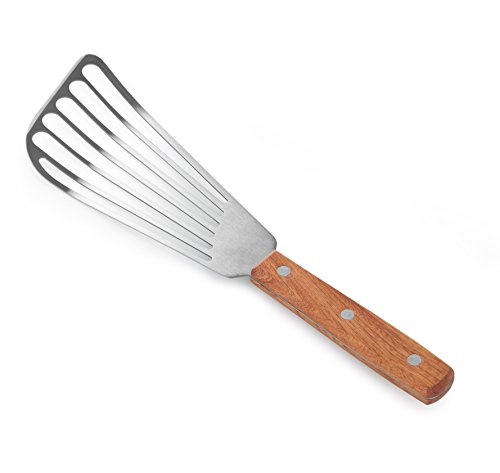
For flipping ingredients like delicate fish, steak, and pancakes without sticking, all the chefs I spoke to use a stainless steel fish spatula. Say goodbye to those thick, black plastic spatulas – these stainless steel alternatives are super-thin and flexible, getting right under the ingredient, so that it flips cleanly. Just avoid using it on a non-stick pan, as it will damage the lining.
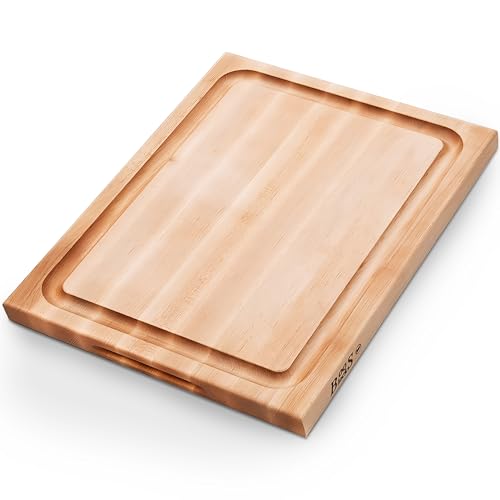
Like many chefs, recipe developer at Pinch and Swirl, Marissa Steven, relies on the cult-favorite Boos block. She says, 'I rotate between a large Boos block and a thinner bamboo board. Both have held up well, though the Boos block feels a little more forgiving on my knives. I avoid plastic boards unless I’m prepping raw meat, and even then, I often use my smallest wood board instead.'
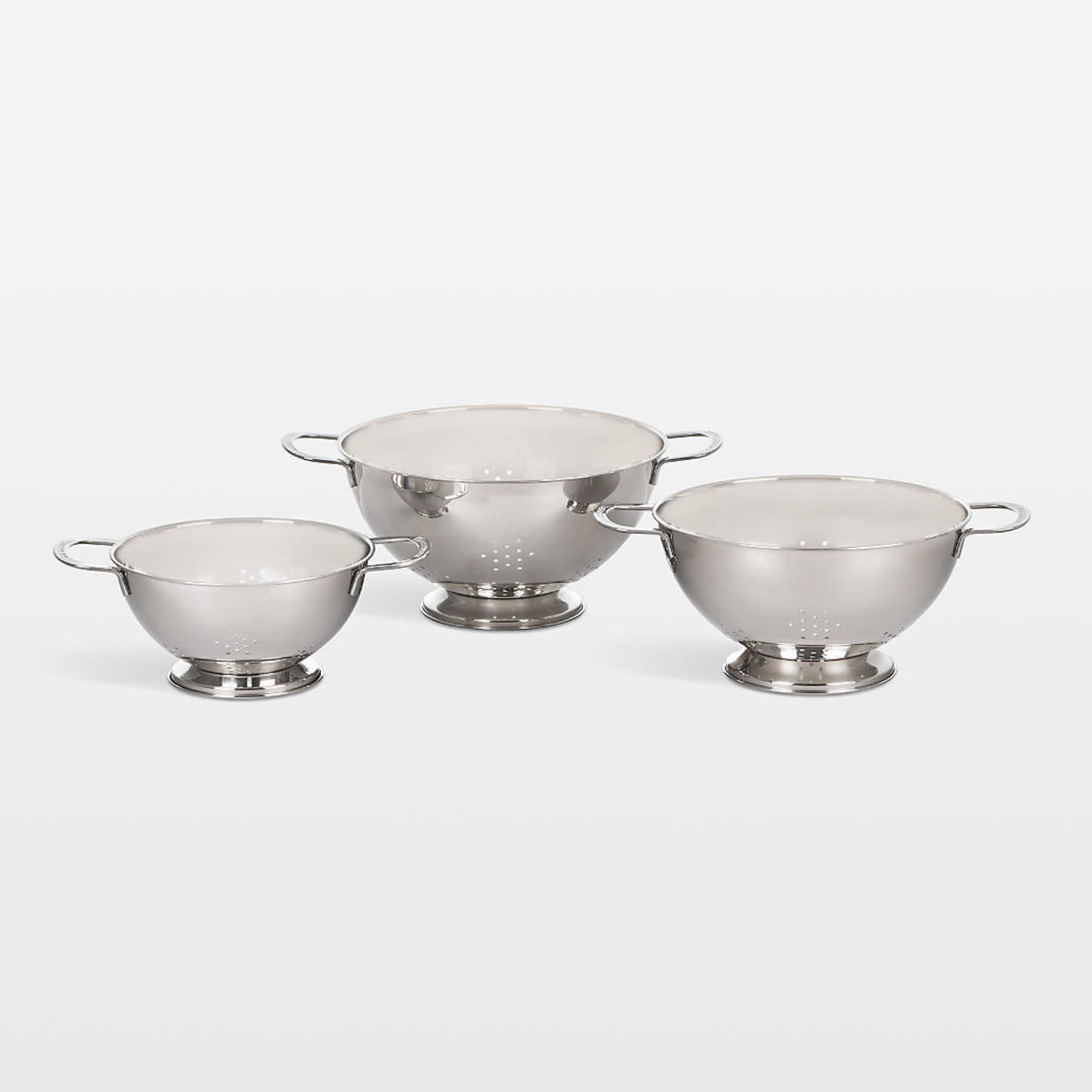
Sometimes I shudder to think about my past self, draining hot pasta water with cheap plastic colanders. All the chefs I spoke to recommend investing in a long-lasting, stainless steel colander that won't leach chemicals or rust. I recently shelled out for this Le Creuset trio, which was a little pricey, but will last for decades, and looks nice on my open shelves, too.
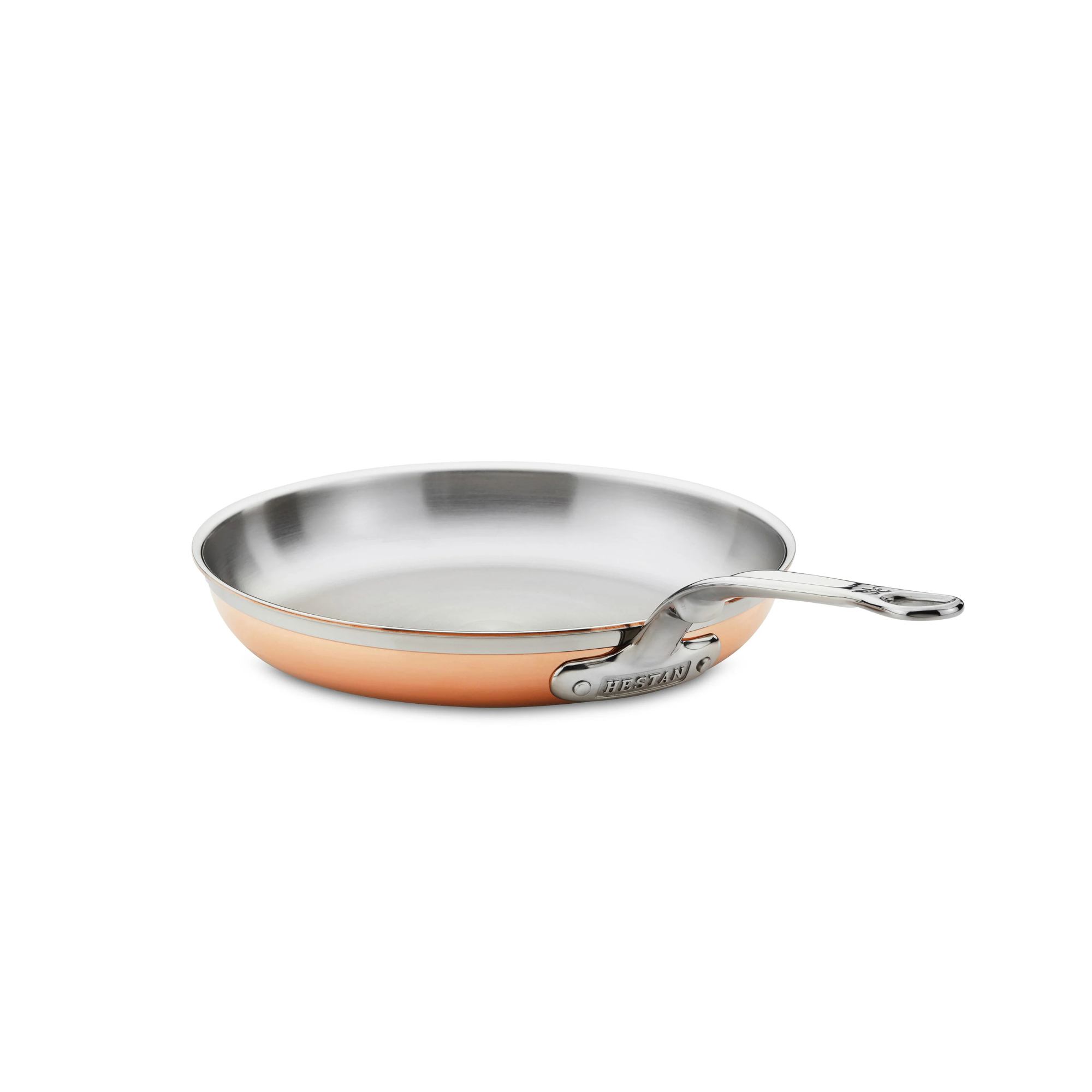
'When it comes to cookware, I love the Hestan CopperBond line,' says chef Nini Nguyen, Top Chef alum, cookbook author, and current competitor on Tournament of Champions. 'The handles feel great in your hand, the hardware sits flush so it’s easy to clean, and the design is just really intuitive.' I wholeheartedly agree, as this was voted the best non-toxic pan overall in our Homes & Gardens buying guide, too.
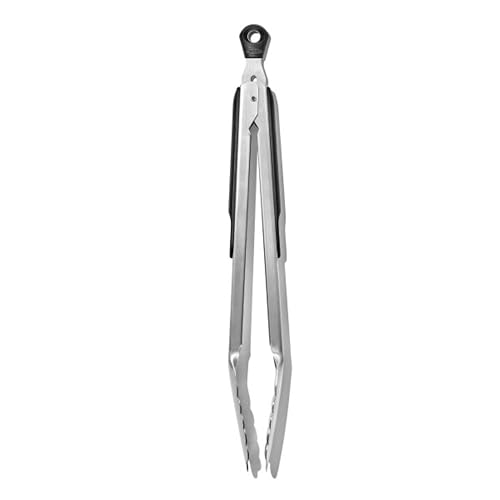
These are the best tongs in the business. From flipping cutlets in a frying pan to tossing pasta, the stainless steel is grippy, and the silicone handle is comfortable to hold. I've had mine for about 5 years. Just a heads up, they are only compatible with steel or cast iron pans; metal utensils will scratch non-stick coatings.
Choosing non-toxic kitchen tools is a simple but rewarding step towards a healthier kitchen and more enjoyable cookery. If you're wondering about care and cleanup, we’ve also answered two of the most common questions: Can stainless steel go in the dishwasher? and how to clean stainless steel appliances, so they age well and look sparkling in your kitchen for years to come.
If you're feeling inspired to go further, check out our guide on how to create a non-toxic home for practical, room-by-room tips and expert recommendations.
Design expertise in your inbox – from inspiring decorating ideas and beautiful celebrity homes to practical gardening advice and shopping round-ups.
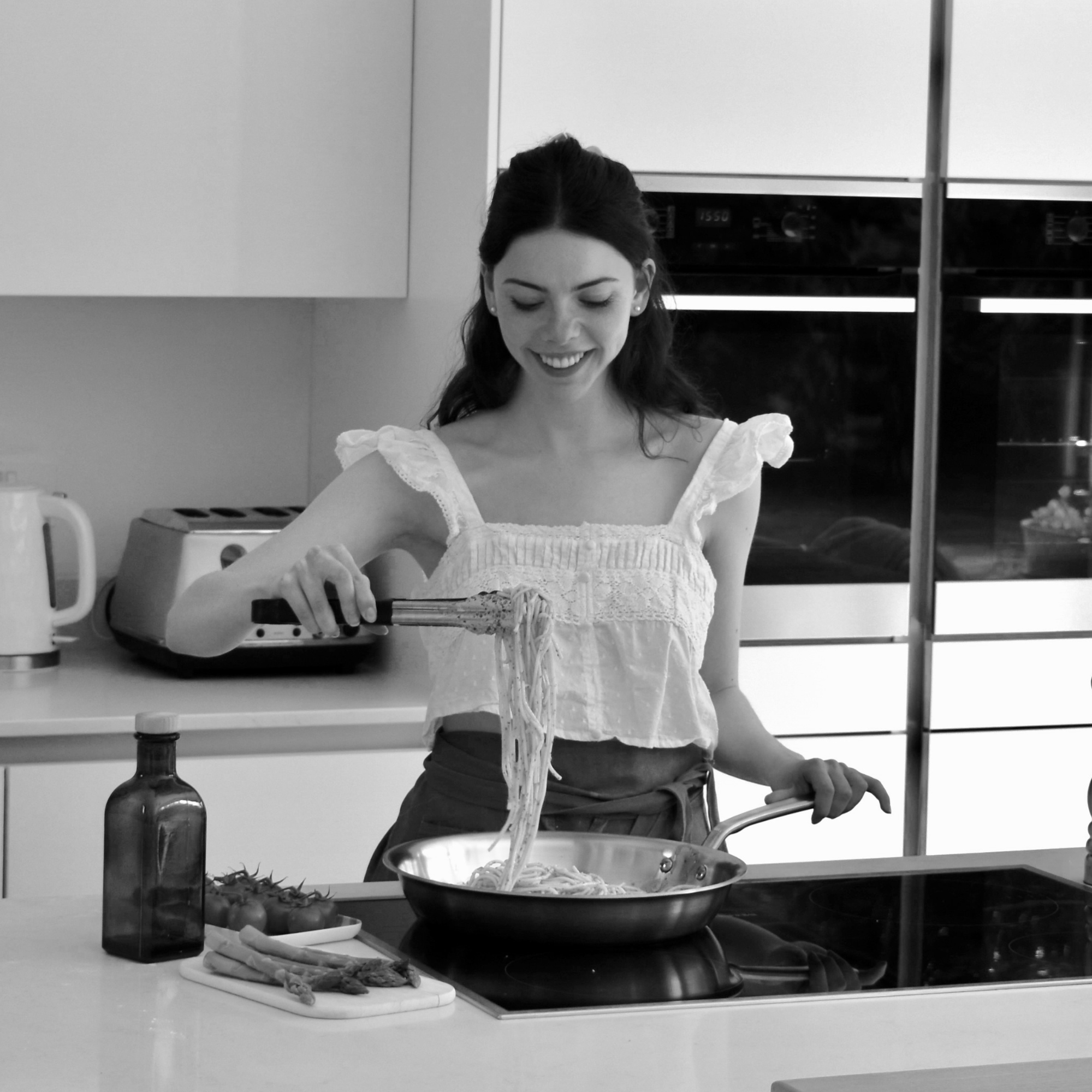
Lydia is the Kitchen Appliances Editor for Homes & Gardens, testing everything from air fryers and mixers to juicers and coffee machines. She trained in Culinary Arts at Leiths School of Food & Wine and previously served as the Recipe Editor for Mindful Chef.
You must confirm your public display name before commenting
Please logout and then login again, you will then be prompted to enter your display name.
